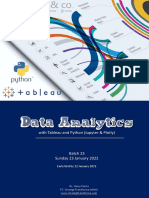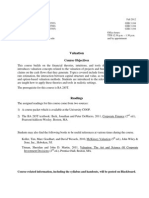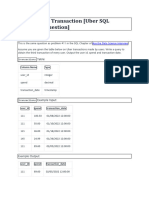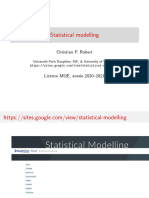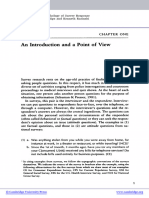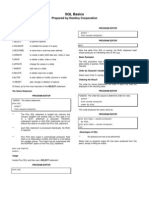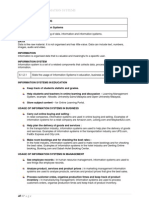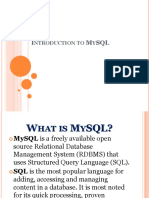0% found this document useful (0 votes)
1K views13 pagesData Modelling Ebook
Data modeling is an important step in designing and building a database. It creates a visual representation of data entities and the relationships between data elements. A data model consists of entities, attributes, and relationships. There are three types of data models: conceptual, logical, and physical. Fact and dimension tables are connected using foreign keys and relationships can be one-to-one, one-to-many, many-to-one, and many-to-many.
Uploaded by
shaaficihussein19102022Copyright
© © All Rights Reserved
We take content rights seriously. If you suspect this is your content, claim it here.
Available Formats
Download as PDF, TXT or read online on Scribd
0% found this document useful (0 votes)
1K views13 pagesData Modelling Ebook
Data modeling is an important step in designing and building a database. It creates a visual representation of data entities and the relationships between data elements. A data model consists of entities, attributes, and relationships. There are three types of data models: conceptual, logical, and physical. Fact and dimension tables are connected using foreign keys and relationships can be one-to-one, one-to-many, many-to-one, and many-to-many.
Uploaded by
shaaficihussein19102022Copyright
© © All Rights Reserved
We take content rights seriously. If you suspect this is your content, claim it here.
Available Formats
Download as PDF, TXT or read online on Scribd
/ 13




































